Exploring the Great Wall of China is a bucket-list adventure for many, but hiking from Gubeikou to Jinshanling offers a unique and unforgettable way to experience this ancient wonder. This trek combines breathtaking views, a touch of history, and the thrill of wild camping, making it a must-do for adventurous travelers.
Preparing for Your Hike: Stay in Beijing and Transportation
Before embarking on your Great Wall adventure, it’s essential to spend a night in Beijing to acclimate and prepare. Beijing, with its rich history and vibrant culture, is the perfect starting point. Numerous tour companies in Beijing offer transportation to the Great Wall, providing all necessary hiking and camping gear. This ensures a hassle-free start to your journey, allowing you to focus on the experience ahead.
Choosing the Right Tour Company
When selecting a tour company, ensure they offer comprehensive packages that include transportation, gear rental, guides, and meals. Some reputable companies provide a pick-up service from your hotel in Beijing, making the journey seamless. These companies often supply high-quality tents, sleeping bags, and other essentials for a comfortable camping experience on the wall.
Check out some options at this tour company, but research for others. Unfortunately the one that I went with has since closed.
Visa and Travel Requirements
Traveling to China requires a tourist visa, which can be obtained from your local Chinese embassy or consulate. Ensure your passport is valid for at least six months beyond your planned departure date and has blank visa pages. It’s also a good idea to have travel insurance that covers hiking activities.
Obtaining a Chinese Visa
The visa application process typically involves filling out an application form, providing a passport-sized photo, and submitting your itinerary and hotel reservations. Some embassies might require a personal interview. Applying for the visa a few months in advance is advisable to avoid any last-minute complications.
Travel Insurance
Travel insurance is crucial for any hiking trip. Ensure your policy covers medical emergencies, evacuation, trip cancellations, and gear loss or damage. Given the remote nature of the Great Wall sections you’ll be hiking, having a robust insurance plan can provide peace of mind.
The History of the Great Wall of China
The Great Wall of China, originally built to protect Chinese states from invasions, stretches over 13,000 miles. Construction began in the 7th century BC, with the most famous sections built during the Ming Dynasty (1368–1644). The wall is a symbol of China’s enduring strength and ingenuity, making it a fascinating historical landmark to explore.
Great Wall of China Historic Sections
The Great Wall was constructed by various dynasties, each contributing to its expansion and fortification. Its primary purpose was to act as a defense mechanism against nomadic invasions, particularly from the Mongols. The wall also served as a means of border control, allowing for the imposition of duties on goods transported along the Silk Road, and controlling immigration and emigration.
Architectural Marvel
The wall’s construction utilized local resources, such as earth, wood, and stones in mountainous areas. During the Ming Dynasty, bricks and lime mortar were predominantly used, which have contributed to the sections’ longevity. The Great Wall is not a continuous line but a series of walls and fortifications with watchtowers, signal towers, and barracks, reflecting the sophisticated military architecture of ancient China.
The Two-Day Hike: Gubeikou to Jinshanling
Embarking on a two-day hike from Gubeikou to Jinshanling offers a mix of rugged, wild sections and beautifully restored parts of the Great Wall. This adventure provides an in-depth look at the wall’s historical significance and architectural marvels.
Day 1: Gubeikou to Jinshanling East
- Hiking Duration: 3.5 hours
- Hiking Distance: 6 kilometers (3.7 miles)
- What to Expect: Starting at Gubeikou, you’ll hike through less crowded and mostly unrestored sections of the wall. This part of the hike offers a more rugged experience, with the wall meandering through beautiful, hilly landscapes and providing panoramic views of the countryside. The path includes numerous watchtowers and ancient fortifications, giving a deep sense of history and solitude.
Gubeikou is a quieter section of the Great Wall, providing a serene and almost mystical hiking experience. The terrain here is more challenging, with uneven steps and overgrown sections, which adds to the adventure. As you hike, you’ll come across several well-preserved watchtowers that once served as lookout points and defensive structures.
Wild Camping at Jinshanling East
Upon reaching Jinshanling East, you’ll set up camp. Wild camping on the Great Wall is a unique experience that allows you to fully immerse yourself in the historical ambiance. As the sun sets and the stars emerge, the wall transforms into a peaceful haven, offering a once-in-a-lifetime opportunity to sleep under the stars on one of the world’s most iconic landmarks.
Great Wall Hiking Tips
- Pack Lightly: Only bring essentials as you’ll be carrying your gear during the hike.
- Stay Warm: Temperatures can drop significantly at night, so ensure you have adequate clothing.
- Leave No Trace: Respect the environment and historical significance by taking all your rubbish with you.
Day 2: Jinshanling East to Jinshanling West
- Hiking Duration: 4.5 hours
- Hiking Distance: 9 kilometers (5.6 miles)
- What to Expect: The second day of the hike covers the more restored sections of Jinshanling. This part of the wall is known for its well-preserved watchtowers and steep climbs, offering a more physically challenging but rewarding experience. The views from this section are spectacular, with the wall snaking across the ridgelines and offering expansive vistas of the surrounding mountains.
Jinshanling is one of the most photogenic sections of the Great Wall, known for its relatively intact structure and the stunning landscape it traverses. The wall here is characterized by its numerous watchtowers, each with unique architectural details. The climb can be steep in places, but the panoramic views of the surrounding countryside and the winding wall make every step worthwhile.
Great Wall Hiking Difficulty Levels
- Gubeikou to Jinshanling East: Moderate difficulty due to the rugged, unrestored sections and uneven terrain.
- Jinshanling East to Jinshanling West: Moderate to challenging, with steep climbs and descents, but with more restored and maintained paths.
Best Time to Hike the Great Wall
The best time to hike the Great Wall of China is during the spring (April to June) and autumn (September to November) months. During these periods, the weather is mild and comfortable, with clear skies and minimal rainfall, offering optimal hiking conditions. Avoid the summer months (July to August) due to the high temperatures and potential for heavy rain, and the winter months (December to February) due to the cold and icy conditions, which can make the hike treacherous.
Longer Hiking Options on the Great Wall
For those seeking a more extended adventure, longer hikes are available, including routes from Jinshanling to Simatai or from Jiankou to Mutianyu. These routes cover additional sections of the wall, offering more challenging terrain and further opportunities to explore different parts of this iconic structure.
Jinshanling to Simatai
- Distance: Approximately 10 kilometers (6.2 miles)
- Duration: 4-5 hours
- Highlights: This hike features a mix of restored and unrestored sections, with fewer tourists and breathtaking views. Simatai is known for its steep and rugged terrain, offering a more adventurous experience. The night tours available at Simatai provide a unique perspective of the wall illuminated under the night sky.
Jiankou to Mutianyu
- Distance: Approximately 20 kilometers (12.4 miles)
- Duration: 6-8 hours
- Highlights: Known for its wild and rugged terrain, Jiankou is particularly famous for its dramatic, photogenic scenery. The hike to Mutianyu, a well-restored section, offers a mix of challenging climbs and accessible paths. Mutianyu is also known for its beautiful scenery and fewer crowds, making it a popular choice for those looking to avoid the tourist-heavy sections near Beijing.
Exploring Different Sections of the Wall
Each section of the Great Wall offers unique features and experiences:
- Gubeikou: Known for its historical significance and largely unrestored state, offering a rugged and less crowded hiking experience. Gubeikou has a strategic military history, with numerous battles fought here throughout the centuries. The wild nature of this section provides a glimpse into the wall’s original state.
- Jinshanling: Features well-preserved watchtowers and steep climbs, providing a challenging yet rewarding hike with spectacular views. Jinshanling’s mix of restored and unrestored segments allows hikers to experience both the historical and the contemporary aspects of the wall.
- Simatai: Offers a mix of restored and unrestored sections, known for its stunning scenery and night tours. Simatai is the only section of the wall open for night tours, making it a unique destination for those wanting to experience the wall under the stars.
- Jiankou: Famous for its wild, rugged terrain and dramatic landscapes, perfect for adventurous hikers. Jiankou is often described as the most dangerous section due to its steep climbs and crumbling structure, but it also offers some of the most breathtaking views.
- Mutianyu: A well-restored section, ideal for families and those seeking an easier hike with accessible amenities. Mutianyu is equipped with a cable car and a toboggan slide, making it a fun and family-friendly destination.
Why Hiking the Great Wall of China is Unique
Hiking the Great Wall of China from Gubeikou to Jinshanling is a unique way to see this ancient wonder. Unlike the crowded sections near Beijing, this hike offers solitude, stunning landscapes, and a deep sense of history. The combination of hiking through rugged, unrestored sections and camping under the stars provides an adventurous and authentic Great Wall experience.
This hike allows you to see the wall in its various states, from crumbling ruins to meticulously restored sections, offering a comprehensive view of the wall’s history and significance. The experience of wild camping on the wall adds an element of adventure and intimacy, allowing you to connect with the wall on a deeper level.


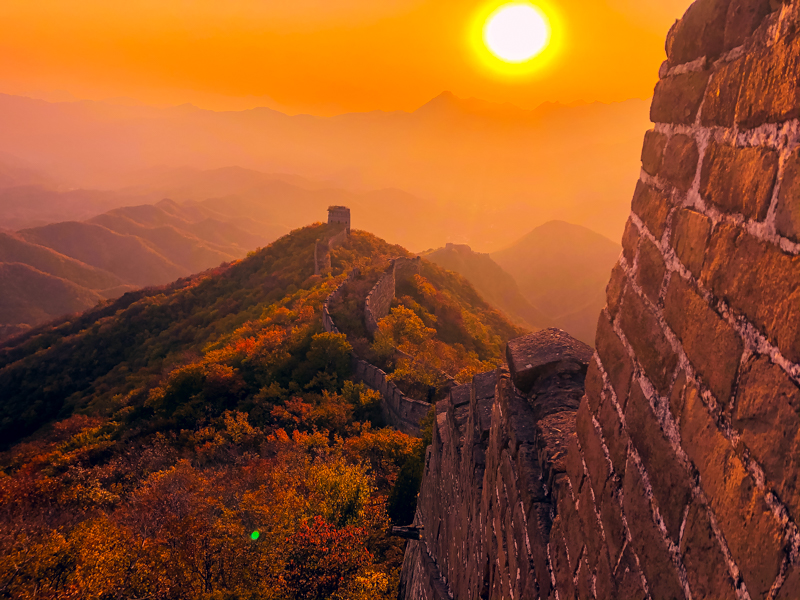
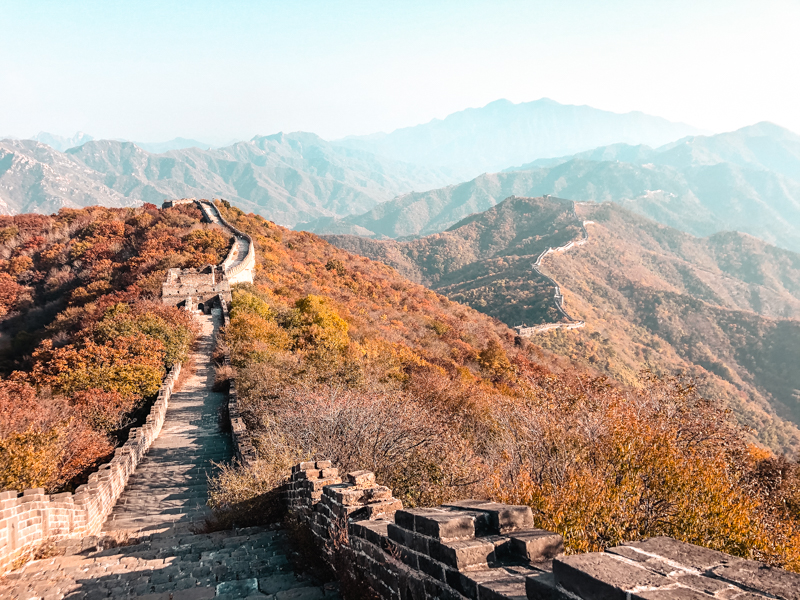
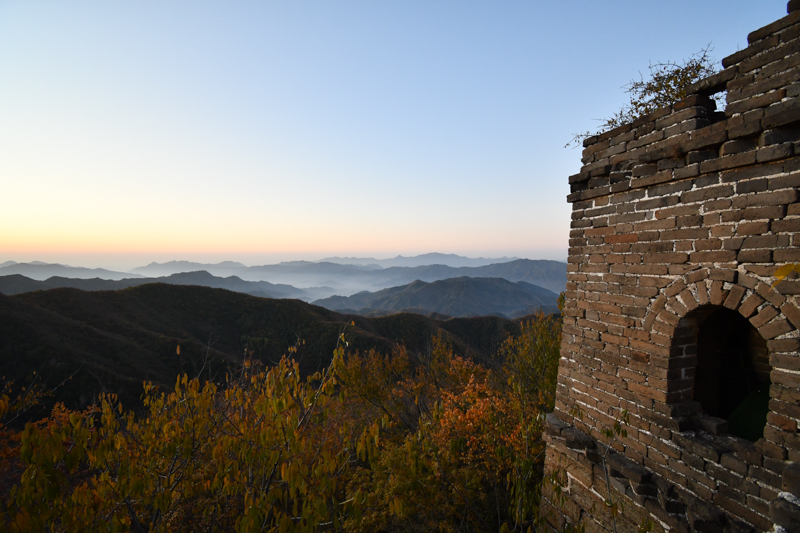
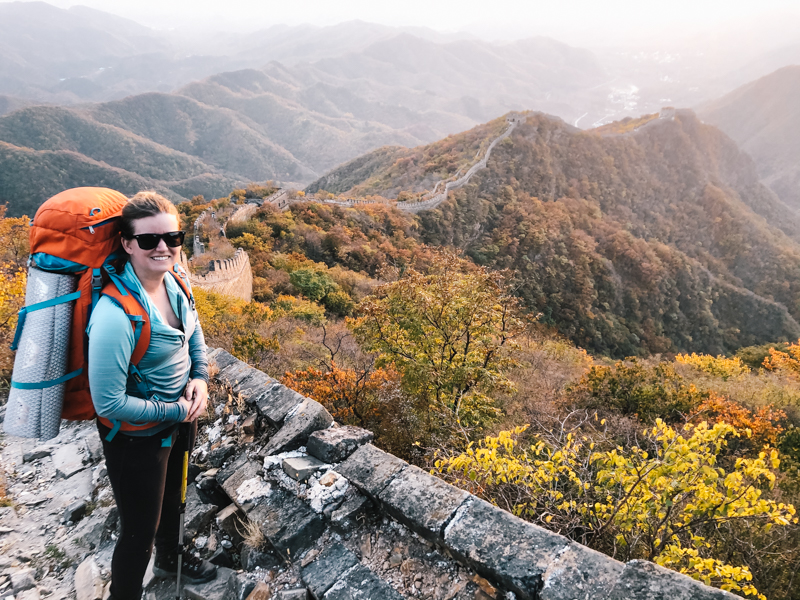

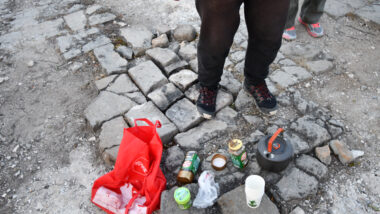
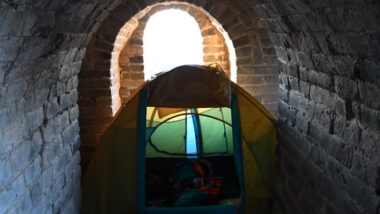
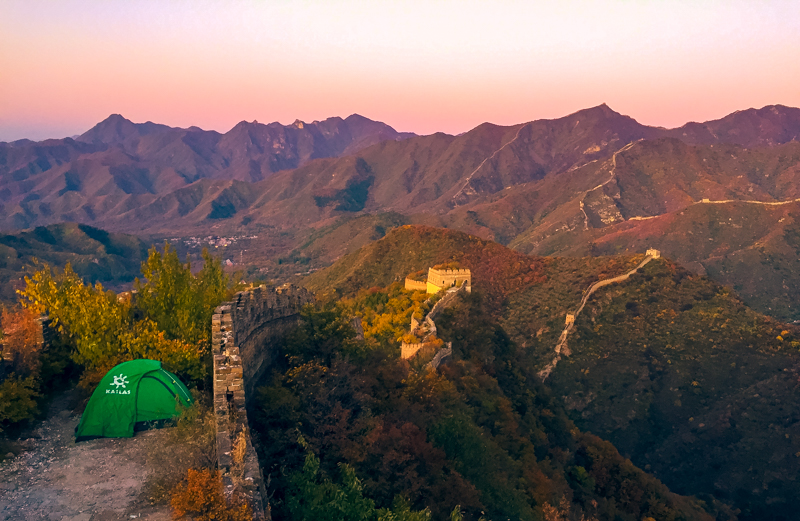
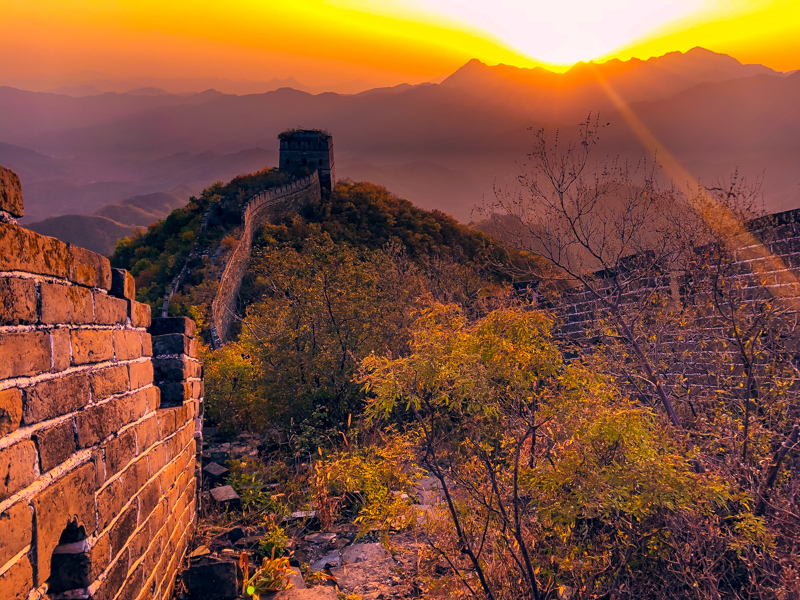
Leave a reply